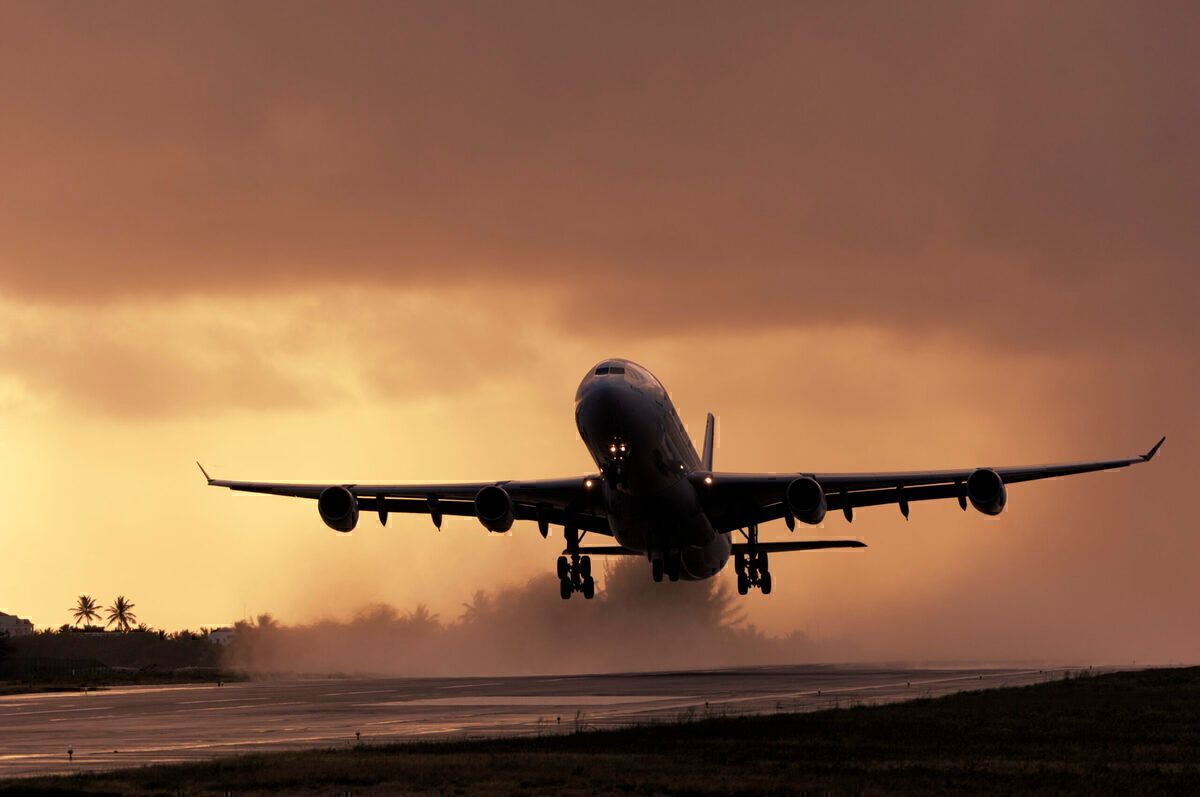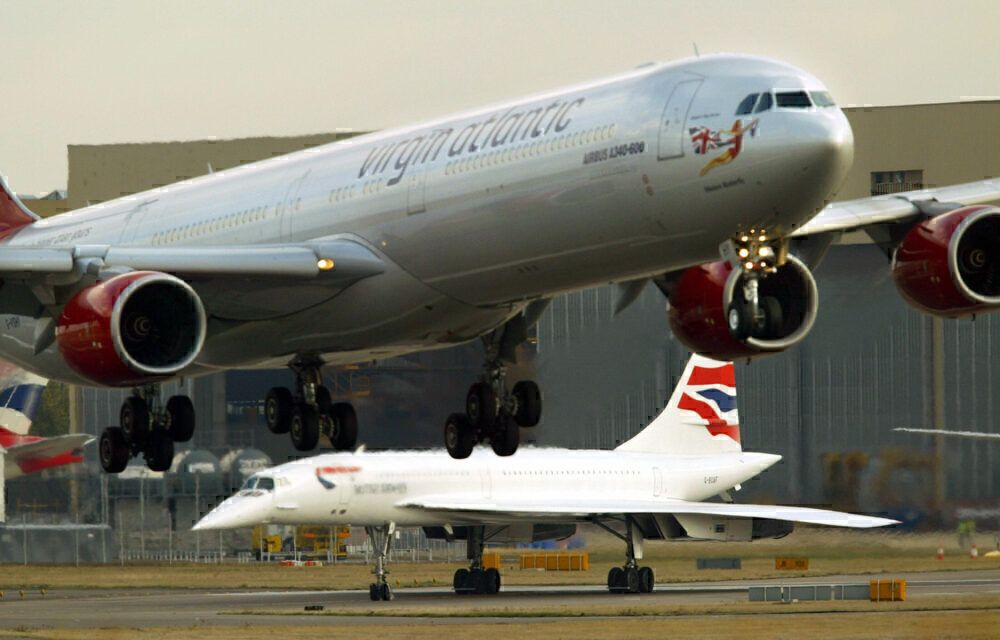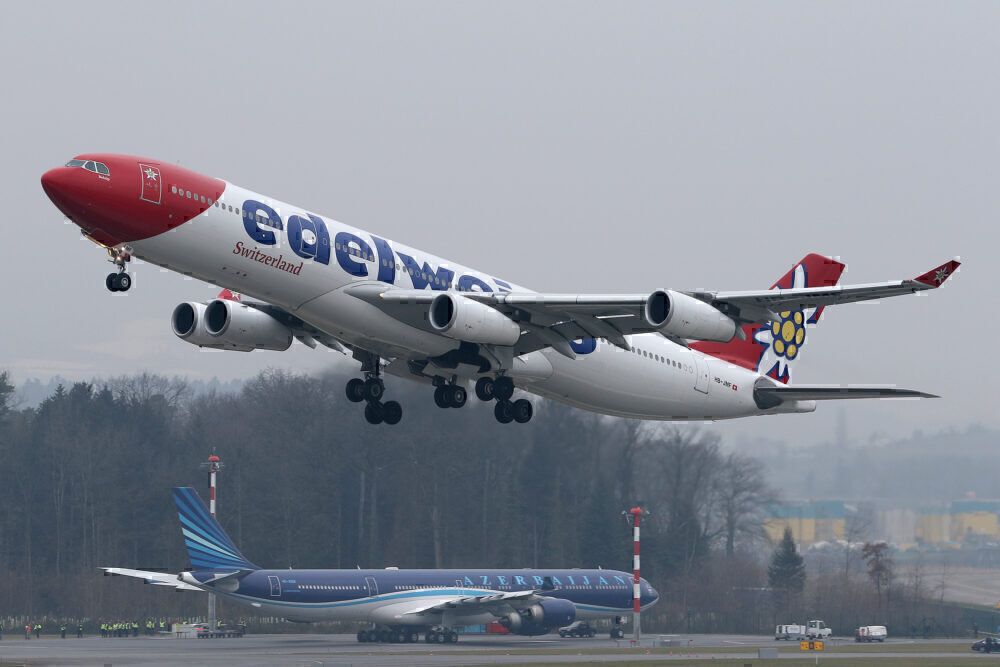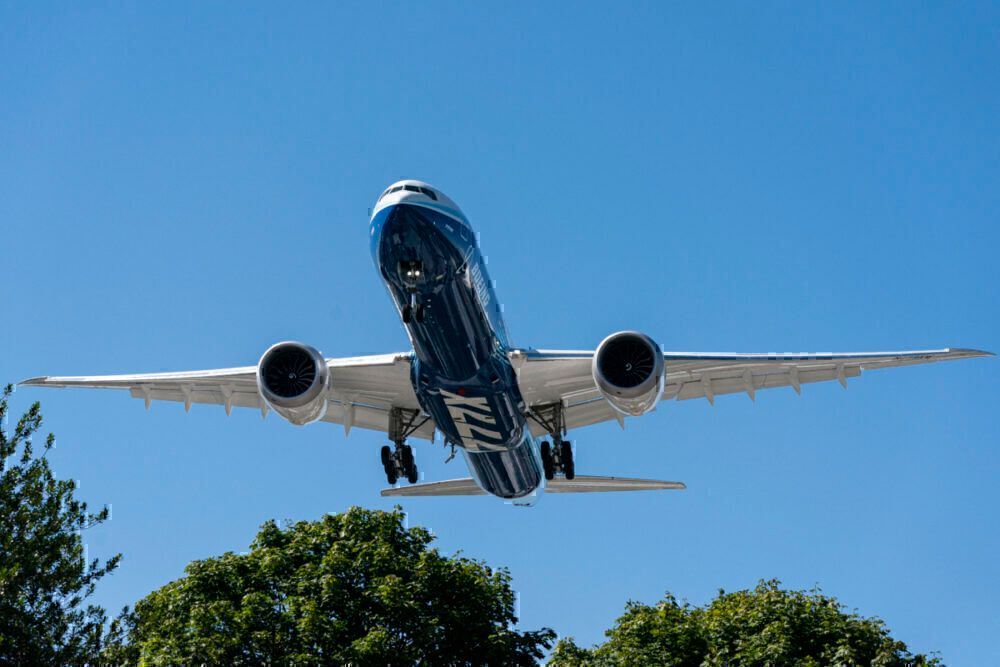Airbus designed its A340 for long-haul flying, in an era in which its four engines allowed it to bypass ETOPS restrictions. It was also set apart from its competitors by another, visually conspicuous design feature. Specifically, this was its three-legged main landing gear, which saw a set of wheels placed in the middle of its undercarriage. This innovation allowed it to take off with heavier loads, and carry more fuel for its four hungry engines.
Improved MTOW as a result
The reason for the additional landing gear is that it gives the A340 a higher maximum take-off weight. The additional wheel helps the aircraft to support more weight, as well as spreading it out over more points of contact with the ground.
This allows the aircraft to get more of what it needs onboard - passengers and cargo, as well as more fuel to facilitate longer-range operations. Such factors come in handy when operating ultra-long-haul flights. Indeed, in 2004, a Singapore Airlines A340-500 operated the world's longest flight at the time. In this instance, it flew the 14,093 km from Singapore to Los Angeles in 14 hours and 40 minutes.
Stay informed: Sign up for our daily aviation news digest.
Interestingly, the A340 can land without its middle gear in an emergency. However, the impact will push the airframe beyond safe limits, due to the weight not being spread across sufficient points of contact. Therefore, such landings generally result in maintenance being necessary afterward. The A340 is actually not the only aircraft to have this feature. Indeed, it was also present on the McDonnell Douglas DC-10-30/40 and MD-11 trijets.
Other reasons for the middle landing gear
It wasn't just an engineering choice that necessitated a middle landing gear. The impact of the A340's weight on the surface at airports also played a part. With only eight wheels at the landing point (four on each side), the massive A340 was impacting runways and other surfaces at airports.
Adding two extra wheels in the middle spread the impacting force across more surface area, thereby reducing damage to runways. It also increased the aircraft's versatility in terms of airports that it could fly into, based on load-bearing guidelines. Since 1981, ICAO has used the PCN / ACN system to designate the load-bearing capability of airport pavement.
"ACN stands for a number which expresses the relative structural effect of an aircraft on different pavement types for specified standard subgrade strengths in terms of a standard single wheel load." - Code 7700 summary of the ACN system.
Not such a common sight today
While the middle landing gear was a useful solution to the MTOW problem, it did have its trade-offs. For example, the middle wheel took up precious room in the belly of the aircraft. It was also another component that could fail and force the grounding of the plane for repairs. While this was, of course, an unlikely occurrence, airlines had to consider that, the more separate components an aircraft had, the more things could go wrong.
It is evident from new aircraft designs how engineers got around this problem. Nowadays, aircraft are designed to have six wheels under each wing instead of four each and a middle set. As such, the plane can spread its weight to the same extent, but without the mechanical inconvenience of the middle landing gear.
This frees up room in the aircraft's belly that be used for additional cargo space and fuel storage. Subsequently, newer designs provide all the advantages of central wheels, but without compromising the internal structure of the plane.




